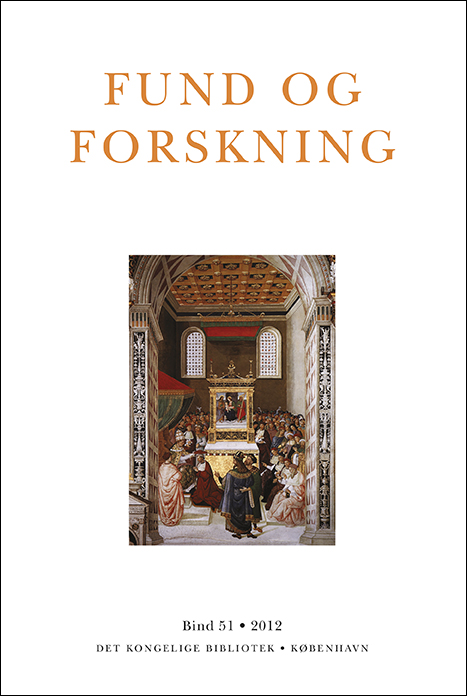Revolutionens morgenrøde. Kinesiske plakater i Det Kongelige Bibliotek
DOI:
https://doi.org/10.7146/fof.v51i0.41286Resumé
The Royal Library’s collection of Chinese posters was acquired by purchases in 1978, 2004–2007, 2010 and 2012. In 1998 the Danish society Friends of China donated to the library its collection of exhibits and the remaining items from its sales collection of Chinese posters from the years 1968 to 1978. The Royal Library’s collection of Chinese posters now consists of 458 different posters and 278 duplicates. Some of the posters are made up of several parts, which together form a continuous story. The collection has one item which consists of 24 posters. The oldest poster is from 1950 and shows a black and white portrait of the minister of state Zhou Enlai (1896–1976). The most recent items are from 1983 and one of these is a portrait of the rehabilitated president Liu Shaoqi (1898–1969). The best represented period is from the “Great revolution in proletarian culture”, with about 400 different designs.
The collection comprises three types of poster art. The first type consists of a unique design, while the second type is a reproduction of an already existing image, such as an oil painting, aquarelle or a woodcut. The third type is made by adding a text to a photograph.
Nearly all of the posters have a title or accompanying text. Mostly these are placed outside of the image, but in some cases one or more short texts constitute part of the visual motive. The posters are for the main part in colour, even the photographs may be shaded blue or green to make them more visually arresting.
The motives can be divided into four main groups:
1. Politically important persons, where especially Mao Zedong (1893–1976) dominates
2. Political agitation, a theme which is very obvious in the period of “cultural revolution”
3. Campaigns, particularly for socialism
4. I nformational and instructional posters, where the aim is to provide practical information, e.g. about all the products that one can make from a pig
Apart from the instructional posters, the posters are designed to convey a political wish of the ruling elite. This should be so clear and plain that the viewer is left no room for misunderstanding. All the motives are therefore naturalistic and convey their message together with a title, which usually takes the form of a slogan, e.g. “Long live the socialist proletariat”. The motives of the posters allow one to follow political developments from the first optimistic years before the “cultural revolution”, through the aggressive and hectic years of the “cultural revolution” itself, to the ostensibly idyllic times after Mao Zedong’s death in 1976. The posters also illustrate the place of women in socialistic China from the proclaimed equality to their actual role as servants of a maledominated society.


